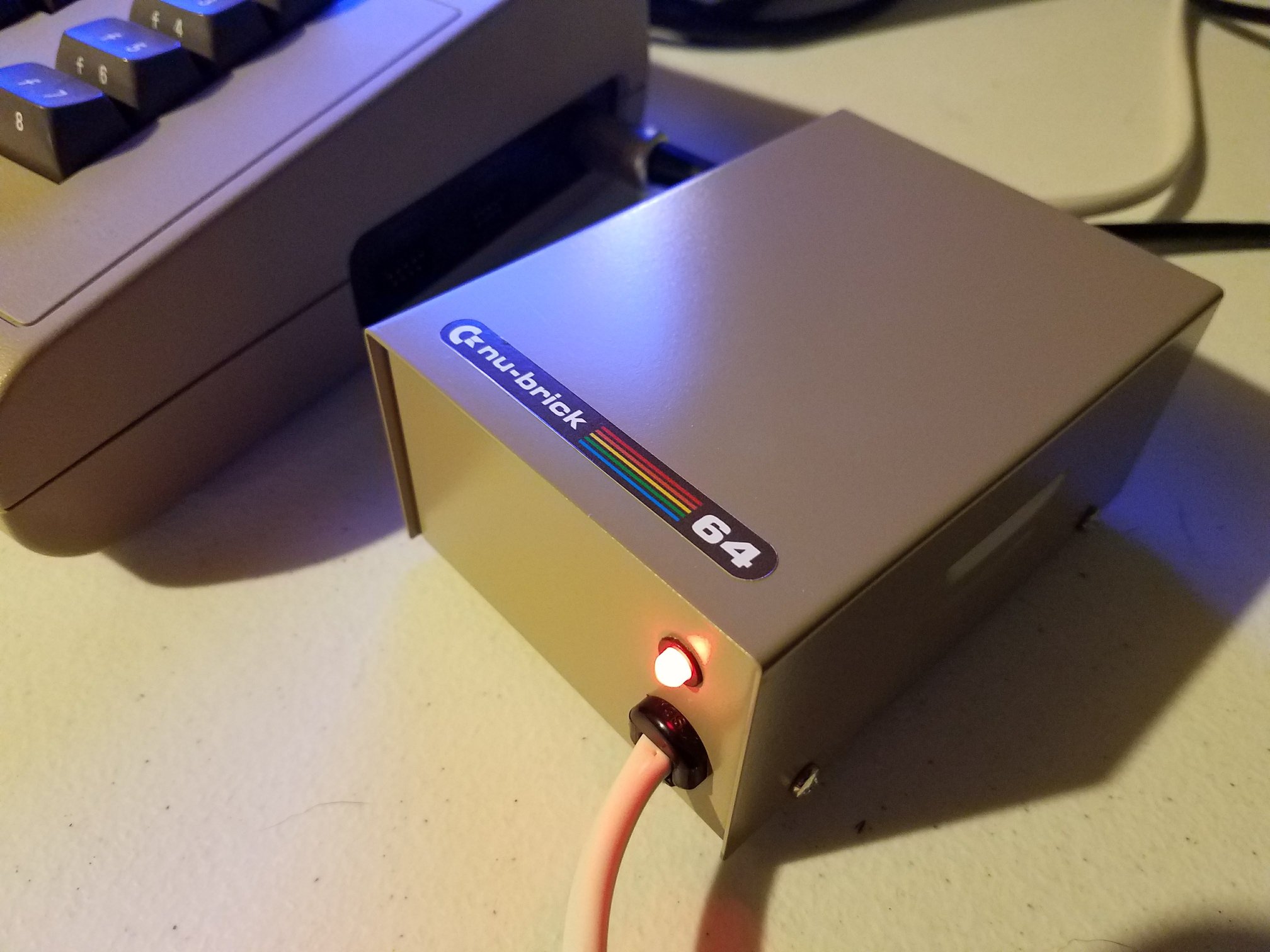Create Music on the Commodore 64
Are you ready to dive into a C64 music tutorial that teaches you how to compose tunes with BASIC code? In this engaging video from C64Brain, you’ll explore how the SID chip generates sound—using either real hardware or the VICE emulator. Even better, there’s a hidden Easter egg for sharp-eyed viewers.
Starting With SID Sound Basics
The tutorial begins by explaining how musical notes translate into low and high byte values. These values are written directly into the SID voice registers at memory locations 54272 and 54273. A short version of The Lonely Man theme from The Incredible Hulk serves as the sample tune.
How the SID Registers Work
Next, the video breaks down each part of the sound setup:
- S+5 controls the attack and decay.
- S+6 sets sustain and release values.
- S+4 determines the waveform—triangle, in this case.
- S+24 adjusts the volume level.
Each component affects how notes behave—when they start, how long they play, and what they sound like.
Using BASIC to Compose Music
After showing the song in action, the video dives into the BASIC code. Line-by-line, you’ll learn how each command triggers specific frequencies. Note values like 4291 (C), 5728 (F), and 7217 (A) control pitch. The code even clears unused voices and loops playback for smoother sound.
A Surprise Keyboard Discovery
The host shares a fun story about finding a Casio LK-40 keyboard on sale for just $37. Originally shopping for a bookcase, he stumbled onto the keyboard by accident. This keyboard inspired him to pursue real-time music input with the Commodore 64.
Looking Ahead to MIDI Control
With a Mssiah cartridge on the way, the creator plans to connect a MIDI keyboard directly to the C64. This will enable live performance and music composition—opening up exciting possibilities for future videos. Tools like GoatTracker may also enter the mix.
Why You Should Watch
This C64 music tutorial offers hands-on insight for retro computing fans. You’ll learn SID sound theory, discover practical BASIC code examples, and see how modern gear interacts with classic machines.
Final Thoughts
Whether you’re new to SID programming or already experimenting, this tutorial will inspire your next project.
Ready to turn your Commodore 64 into a chiptune machine? Watch the full C64 music tutorial today and start composing!







